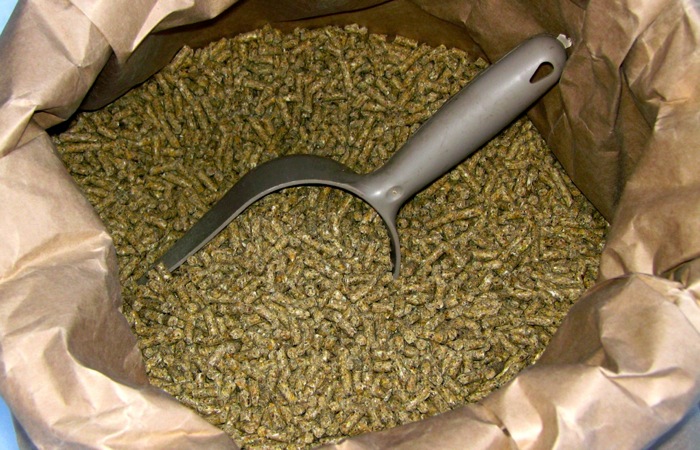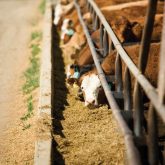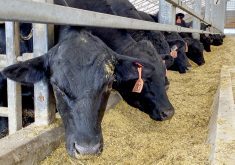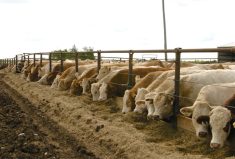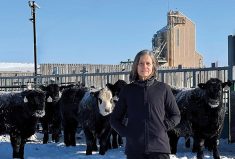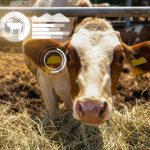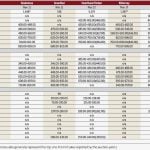Look at the facts before buying feed supplements, says a provincial beef and forage specialist.
“After talking to various retailers, one comment comes out loud and clear,” said Barry Yaremcio of the Ag-Info Centre in Stettler. “Sales of lick tubs, molasses blocks, mineral products, and protein supplements are way up from previous years. But are any of these products actually needed in your situation?”
But three factors must be known before deciding whether supplements are required, he said.
- Are the feeds tested?
- What are the weights of the animals you are feeding?
- How much of each feed is supplied daily (i.e. do you know the weights of the bales)?
Read Also

Mosquito-borne virus could be devastating to sheep breeding operations
Cache Valley virus, a mosquito-borne disease that infects small ruminants, could be a devastating hit to small operations.
“If the quality of the feeds isn’t known, there’s no way to know if a tub, block, mineral or supplement is actually needed,” said Yaremcio. “If there is no defined starting point in the process, it’s difficult to know if the actions taken are helping or hurting the situation.”
There are many feed combinations for providing a balanced ration, and what you do on your ranch must fit your management style and operation, he added.
“It isn’t acceptable to copy what a neighbour is doing because it seems to be a reasonable thing to do. Use a pencil and paper or computer to figure out costs. If necessary, consult with a nutritionist to balance the ration or, if you are comfortable with it, use a ration-balancing program such as CowBytes to do the work yourself.”
For more information, go to agriculture.alberta.ca.

